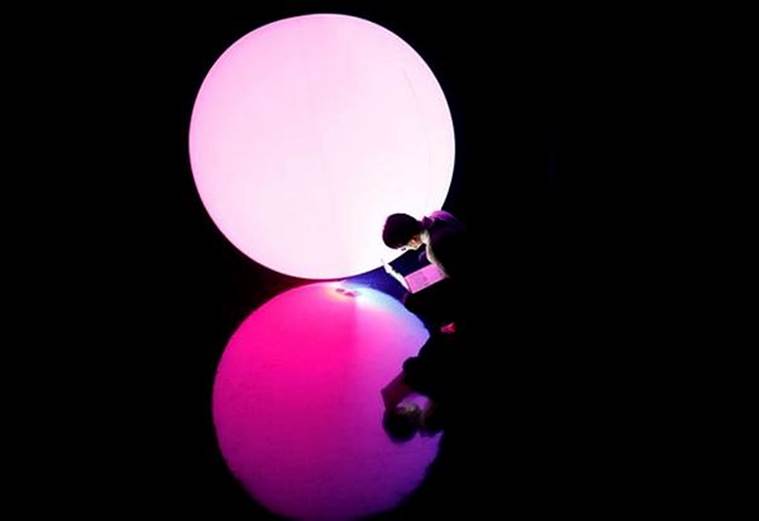Meet Lakshmi KV, a Bengaluru artist who makes miniature ceramic products
[ad_1]
Read More/Less
A faint scent of fresh earth lingers in the home of Lakshmi KV. “It is the smell of clay, the medium that I work with,” explains the 26-year-old ceramic artist based in Bengaluru.
She spends most of her day wedging clay and moulding it into cups, mugs, bowls and plates on a potter’s wheel placed in her living room. “I usually start around 2 pm and work till midnight. My schedule depends on the number of orders,” she says.
Lakshmi is an alumnus of the National Institute of Design (NID), Ahmedabad and was introduced to miniature pottery in 2017. “I saw the works of artist Jon Almeda and fell in love with them. Initially, I was influenced by his style, but I slowly created one of my own,” she says.
Lakshmi’s first piece was a miniature water jug. “It was one-and-a-half centimetres tall and weighed five grams. It came out well in the first attempt and this gave me the confidence to try miniature planters, cups and plates.” She began to post photographs of her creations online and as word spread she started to get orders. “I named my miniature collection Pocket Size Project. So far I have done about 150 of them, and most of my clients are miniature art collectors or people who just find them cute.”
It takes Lakshmi one week to make a piece. “Once the clay is moulded, it has to be dried before being put in a kiln at 800 degree Celsius. This makes the piece stronger. It is then glazed — a process of fusing the ceramic with a layer of glass— to make it shiny and waterproof,” she explains.
Her recent miniature work is that of a tea set. “It has five pieces, including a kettle and a sugar pot,” she says.
While Lakshmi enjoys making both functional pieces and miniatures, she finds the latter more difficult to create. “It needs a lot of patience and hand-eye coordination. While I can use both my hands to work on a real size product, I have to fashion out a miniature piece with just my fingertips.”
Lakshmi sells most of her products through her social media pages, and is now working on her own website. “I hope to bring it out in the next few months,” she says.
Visit @keli.pottery on Instagram to know more.
[ad_2]

 A staff of teamLab checks a digital artwork titled as ‘Levitation’ during a demonstration of TikTok teamLab Reconnect, digital artwork combined with sauna. (REUTERS/Kim Kyung-Hoon)
A staff of teamLab checks a digital artwork titled as ‘Levitation’ during a demonstration of TikTok teamLab Reconnect, digital artwork combined with sauna. (REUTERS/Kim Kyung-Hoon)